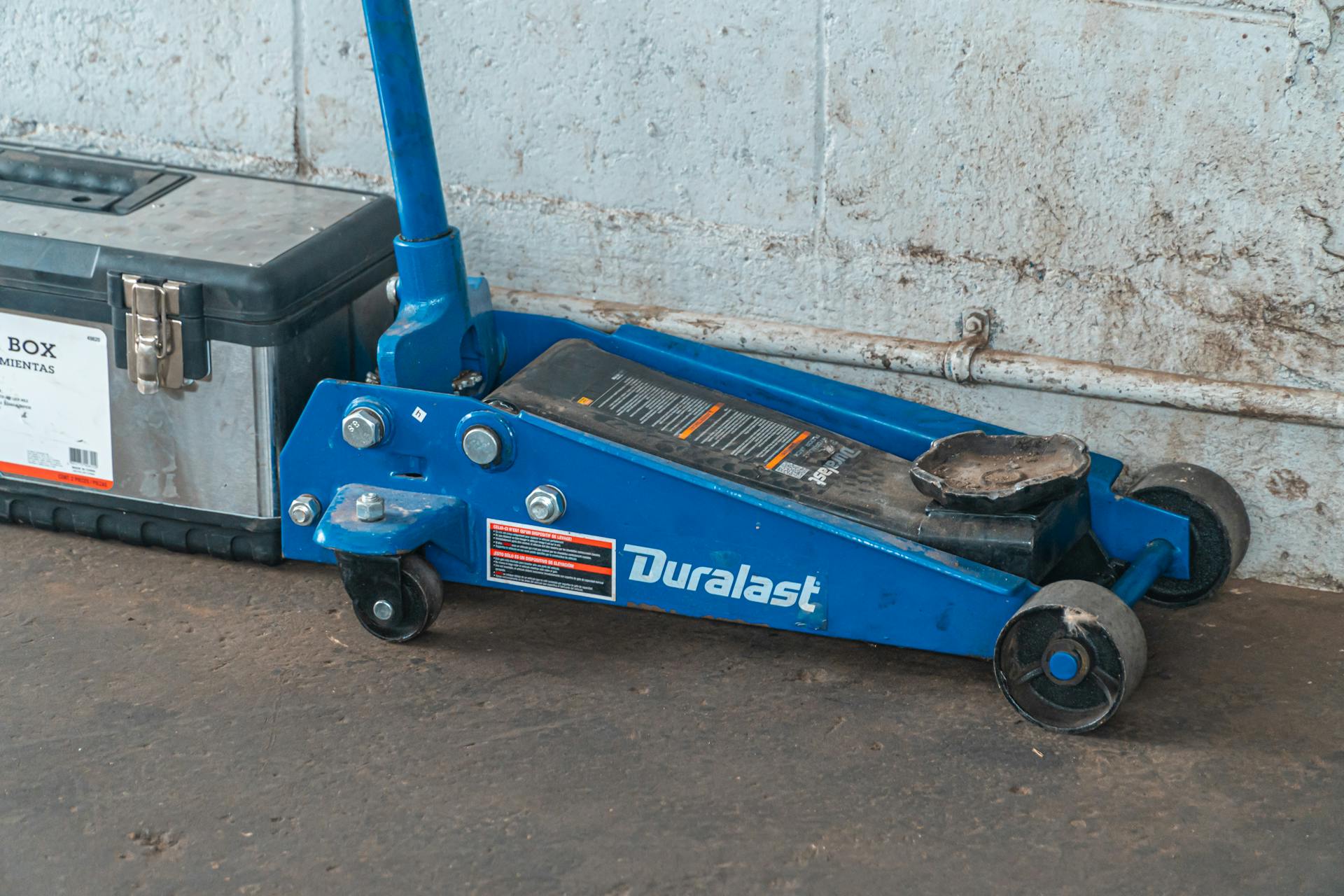
Jack Russell Terriers are known for their boundless energy, and zoomies are a common occurrence in these little bundles of joy. They can run, jump, and play for hours on end.
Jack Russell Terriers need regular exercise to burn off excess energy and prevent zoomies from turning into destructive behavior. Aim for at least 30 minutes of physical activity per day, divided into shorter sessions to keep them engaged.
With proper exercise and mental stimulation, you can help your Jack Russell Terrier manage their zoomies and live a happy and healthy life.
When Do They Get It?
Jack Russell terriers are notorious for their zoomies, and understanding when they happen can help you prepare and even capitalize on the fun. They often occur first thing in the morning after a good night's rest.
Zoomies can also happen later in the day for dogs that have been confined in a crate or haven't been walked, making it essential to provide regular exercise and mental stimulation. Senior dogs sleep far more than young pups, so they have less energy to exert in the first place.
Dogs of any age can participate in the zoomies, but the younger the dog, the more often you can expect it. Younger dogs have a lot of energy that they need to burn off, making zoomies a common occurrence.
After a bath or grooming session, dogs often exhibit the zoomies as a release of pent-up energy following the stress of being restrained. This is especially true for older dogs who may feel more anxious during these situations.
Certain stressful situations, such as a visit to the vet, can also provoke the zoomies in dogs. Pay attention to when your dog tends to get the zoomies, as this could tell you that the situation might be stressful for them.
Zoomies can also happen after eating, long periods of sleep, relieving themselves, or even when they are tired or frustrated. If you notice a pattern, you can work on creating a more positive association with those things through desensitization and counter conditioning training.
Related reading: When Do Puppies Grow Out of Zoomies
The Science Behind
Jack Russell Terriers are prone to zoomies, and it's not just because they're high-energy dogs. Excess energy is a common trigger for zoomies in dogs, and if your Jack Russell isn't getting enough physical exercise or mental stimulation, they may release their pent-up energy through zoomies.
Dogs are masters at sensing and feeding off human emotions, which means if someone in your house is particularly excited or energetic, your Jack Russell may mirror that energy and engage in zoomies to express their excitement.
Zoomies can also be a way for dogs to release stress, and just like humans, dogs can experience stress from changes in their environment, new experiences, or even boredom. This is especially true for high-energy breeds like Jack Russell Terriers.
Certain breeds are more prone to zoomies after a bath, and Jack Russell Terriers are no exception. In fact, high-energy breeds like Border Collies, Jack Russell Terriers, and Dalmatians are known for their zoomie antics after a bath.
Here are some common triggers for zoomies in Jack Russell Terriers:
- Excess energy: Make sure your Jack Russell gets enough physical exercise and mental stimulation.
- Excitement: Be mindful of your own energy levels and emotions around your dog.
- Release of stress: Provide a stable and predictable environment for your Jack Russell.
- Bathtime: Be prepared for potential zoomies after a bath!
Managing Zoomies
Getting the zoomies is normal dog behavior, but frequent zoomies can be a sign of stress or uncertainty in your dog. If your dog is unsure about what they're supposed to do or feels anxious, they might start running around as a way to get rid of that build-up of nervous energy.
Stay calm when your dog is experiencing zoomies. Avoid any overreaction, shouting, or excessive behavior, as this may upset your dog. If your dog's zoomies are accompanied by nipping or biting, don't worry, it's not unusual or harmful behavior.
Creating a safe space is essential when your dog is experiencing zoomies. Clear your home or yard of any potential hazards that could pose a risk to your dog's safety. Remove breakable furniture, small or sharp objects, and secure loose items to ensure your dog can zoom around without getting hurt.
Redirect your dog's energy with puzzle toys, treat-dispensing toys, or toys that encourage problem-solving. These can help redirect your dog's energy and provide them with an outlet for their zoomies. Playing fetch, frisbee, or agility training can also help release their energy in a controlled and structured manner.
Regular exercise is key to preventing excessive zoomies. Provide your dog with regular exercise, such as daily walks, interactive toys, or games like fetch or tug-of-war. This will help burn off excess energy and reduce the likelihood of zoomies.
Here are some practical tips to prevent excessive zoomies:
- Regular exercise: Provide your dog with daily walks, interactive toys, or games like fetch or tug-of-war.
- Establish a routine: Set regular times for meals, walks, and playtime, and stick to them as much as possible.
- Structured playdates: Arrange playdates with other canine companions to provide an outlet for your dog's energy.
- Keep things interesting: Expose your dog to different environments, people, and other dogs to help reduce anxiety and over-arousal.
- Dedicated training sessions: Teach your dog new tricks, practice obedience commands, or engage in scent work or agility training.
- Avoid excessive stimulants: If your dog is prone to zoomies when overstimulated, avoid exposing them to loud noises, traffic, or crowds.
- Mental stimulation: Challenge your dog's problem-solving skills with puzzle toys, interactive games, or training sessions.
- Practice impulse control: Train your dog to sit, stay, or wait for a command to help them manage their excitement and energy levels.
- Teach your dog calm behaviors: Reward your dog for calm behavior and gradually increase the duration of these calm periods.
How to Safely Manage Your Dog's Environment
Managing your Jack Russell Terrier's environment is crucial to ensure their safety during zoomies. Stay calm and avoid overreacting, as this can upset your dog.
Don't try to catch your dog as they run quickly, as this could inadvertently cause an injury or scare them. Allow them to release energy until they calm down on their own.
Worth a look: How to Calm down Puppy Zoomies
Create a safe space by removing breakable furniture, small or sharp objects, and securing loose items. Clear space for your dog to zoom around without the risk of injury.
Redirect your dog's energy with puzzle toys, treat-dispensing toys, or toys that encourage problem-solving. These toys can help prevent destructive chewing or other unwanted behaviors.
Playing fetch, frisbee, or agility training will allow your dog to release their energy in a controlled and structured manner. Keep a watchful eye on your dog to ensure they don't wander into dangerous areas.
Here are some tips to consider:
- Ensure your home or yard is free of potential hazards.
- Provide a carpeted room or a fully fenced yard for your dog to zoom safely.
- Keep an eye on your dog's zooming behavior and track when it happens to understand the cause.
- Consult a certified applied animal behaviorist or a veterinary behaviorist if you have concerns about your dog's zoomies.
Sources
- https://www.akc.org/expert-advice/lifestyle/what-are-zoomies/
- https://www.thewildest.com/dog-behavior/6-things-know-about-dog-zoomies
- https://www.preventivevet.com/dogs/why-does-my-dog-get-the-zoomies
- https://www.cannyco.com/blogs/quirky-dog-stuff/why-do-dogs-get-the-zoomies
- https://raleighpets.com/high-energy-fearless-jack-russell-terrier/
Featured Images: pexels.com


